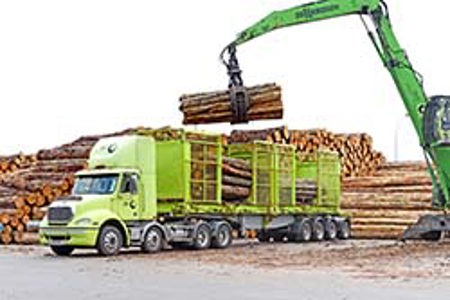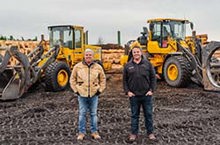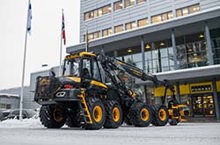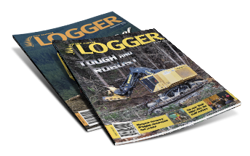
A phrase like “It’s the way we’ve always done it”, stands as an open challenge to stevedoring company, ISO whose track record of innovation shows it to be pretty relentless in finding safer, smarter and faster ways of doing things.
The company handles around 60% of New Zealand’s export log trade. It loads over 500 log vessels a year, around 11 vessels a week.
In the good old days loading ships was done with a lot of labour. Crated goods were loaded into cargo nets which the ships’ cranes then hauled aboard. Stevedores then manually stacked them in the hold.
Of course, containerisation transformed much of the business of shipping, and of shipside handling operations. However, if you watch logs being loaded at most ports around the world it won’t look much different to the old-style cargo net process, except they are loading logs rather than boxes.
Logs still arrive at the ship’s side by loader or on a trailer. The ship’s crane lowers strops which are manually wrapped around the logs and the crane hauls them aboard. On the ship they are unhooked, then the stevedoring crew on deck use small diggers with log grapples to line them up neatly in the hold or up against stanchions lining the ships deck, stacking the load height 12 to 15 metres above deck level.
Having to attach strops around logs every few minutes is hard physical work, not to mention hazardous. Releasing the strops, which could easily be under tension, can be even more hazardous, even if the closest workers are reasonably well protected in a machine cab.
While some log loading operators still use this process, ISO has revolutionised the log loading process for its customers at Tauranga and Gisborne ports, so that it now takes some 50% fewer people and less time to load the ship and send it on its way.
To read more about this and other innovations the company has embraced, get your copy of the July 2022 issue of NZ Logger, on sale 28 June. Check the link on this page to subscribe to either a printed or digital copy (or both).










